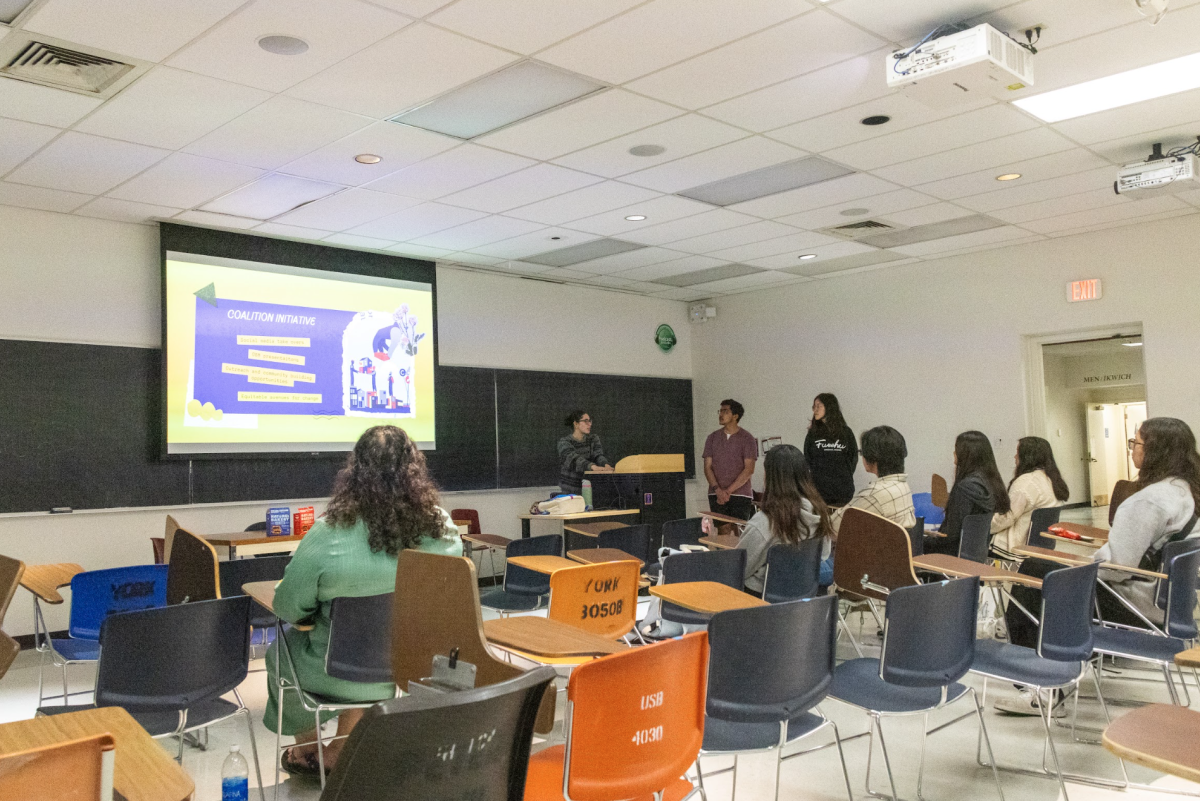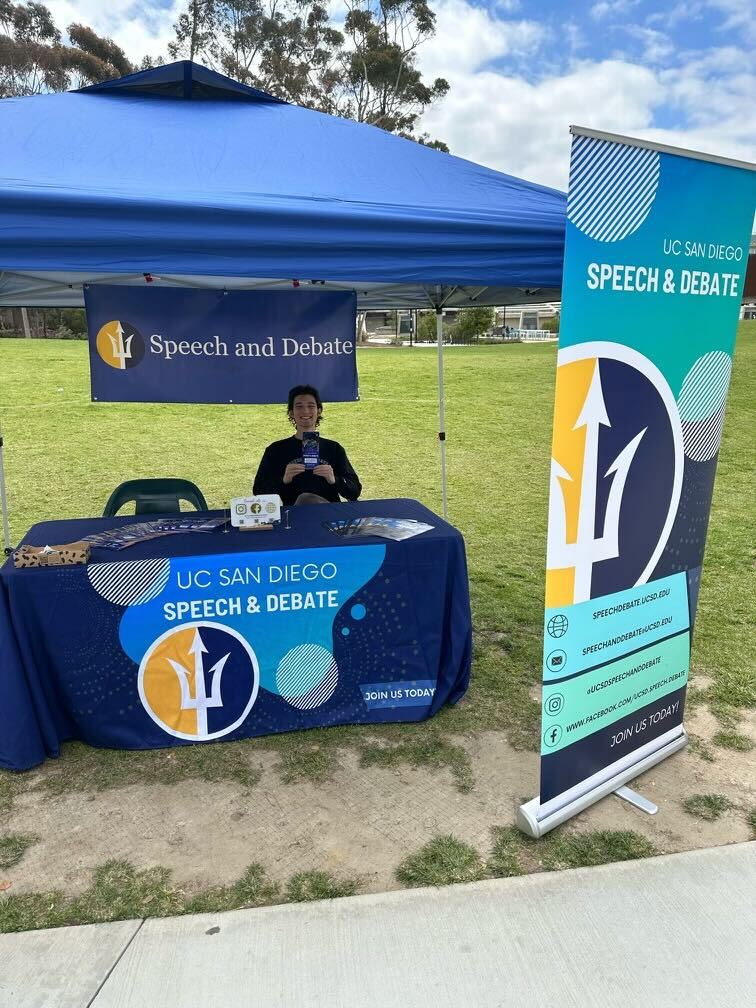Programs like the Peace Corps and AmeriCorps have been a popular go-to for students looking for a buffer between school and the “real world.” The premise of these programs is, that in return for philanthropic work in regions in the United States and around the world, these non-profit organizations provide participants relief for loans, a steady income and guidance about working in the professional world. For many, it’s an appealing alternative to jumping into a conventional job right out of school.
Teach For America, one such program, recruits high-achieving university graduates to undergo a five-week training program and places them in two-year teaching commitments in low-income schools across the country. The benefits are competitive: Teachers get compensated for training, are paid a full salary and benefits during their teaching jobs and receive stipends that can be used for further credential training or to pay off student loans.
The program is currently considering the possibility of openin a branch in San Diego.
David Lopez, a manager for TFA, said that application rates to the program have been increasing steadily over the past couple of years.
“I think that there have been in increase in the number of candidates over the last three or four years when the economy was struggling,” Lopez, who was a TFA member back in 2010, said. “We did really up our recruitment efforts, but some of those candidates are coming in because they’re sort of wondering exactly what do I do next, and having this opportunity to work with Teach for America gives them that very clear next step.”
On the whole, San Diego school districts have been performing at proficient, if not high, levels. Reports by the San Diego Foundation in the past few years, however, reveal a discrepancy.
“For most of the communities above the I-8 freeway you’re going to see a lot of schools that year after year students are consistently performing above the 90th percentile on standard tests,” Lopez said. “When you look below the I-8 freeway, you see schools where students are consistently performing just above the 20th or 30th percentile.”
One of the Foundation’s reports, published in April 2008, explains community members were concerned about a lack of local talent entering the many San Diego tech companies. The need for more local talent has been attributed to the low number of San Diego students that end up graduating from universities with science, technology, engineering and mathematics degrees.
For this reason, representatives from TFA are meeting with community leaders to determine whether or not it would be beneficial to open a branch of the program for San Diego school districts. For that to happen, the program would need to find 50 open positions for recruits and be able to provide three years worth of funding up front.
UCSD students, many of whom graduate with the STEM degrees required by such careers, could provide necessary guidance for students. According to Lopez, only 40 percent of students in San Diego are graduating with the required amount of credits to attend UCSD.
The data compiled by the Foundation indicates the presence of the “achievement gap”, a phenomenon in which students from certain socio-economic backgrounds do more poorly in school than others.
TFA’s mission statement, that claims that “16 million American children face the extra challenges of poverty”, says evidence shows that said children can achieve at high levels. By placing recruits as teachers in San Diego County schools, the hope is to change the culture of the school by encouraging higher achievement from students, while providing students with high quality education.
TFA, however, has garnered criticism from advocates stating the program is not as effective as it claims. A review drafted by the Education Policy Research Unit at Arizona State University claimed that first year Teach For America members did not make significant impacts in math scores, citing that on average, it takes three years for a member to stay in the program before outperforming non-TFA teachers, as measured by rising student test scores.
The review also criticized TFA’s retention rate. According to both the Arizona State University report, and TFA’s own findings, 50 percent of recruits stay with the program after the required two years, and 80 percent leave after their third year.
But Lopez explained how TFA’s success at other California school districts demonstrate the potential for success in San Diego County.
“When we look at a place like Oakland, at some point people had already given up as far as education system was concerned,” Lopez said.
After setting up a TFA program in Oakland school district schools, the number of “red” schools, or schools deemed in particular need of assistance, went down from 42 to six. Additionally, “blue” or high achieving schools, quadrupled.
Lopez said the program would employ methods used in San Diego’s Preuss School, a charter school on UCSD’s campus. The Preuss School enrolls low-income students between the sixth and twelfth grade, providing specialized counseling to increase the likelihood that its students will be able to attend a quality university. It was ranked as the top transformative school by Newsweek and one of the top high schools in California by U.S. News and World Report; Lopez says can be attributed to the same kind of support that TFA will provide schools in the low-income areas around San Diego.
In return, TFA members gain a great deal of job security. While the ASU report commented on the low retention of TFA members in the classroom, Lopez said an overwhelming majority of TFA alumni stay in the education system, finding careers as education policy lawyers, superintendents in public school districts or developers of education technology.
The program is highly exclusive.; in 2011, the acceptance rate was 11 percent. According to the program’s website, TFA doesn’t seek a particular resumé, but are looking especially for students with an excellent academic record, strong leadership experience and a demonstrated interest in education issues.
“We’re looking for people that, for any reason, are passionate about the power of education,” Lopez said.
Lopez said he looks for potential applicants who genuinely believe that a good teacher can make all the difference. That’s what made the difference for him.
“I was someone that grew up in a low income community. By the time I graduated from high school I didn’t fulfill the requirements in math and science I needed [to enter college],” Lopez said.
But Lopez was inspired by excellent teachers that compelled him to work through his hardships continue his education. After 10 years, his persistence paid off.
“I ended up at UCSD and graduated with a Bachelor of Science in Management.”







